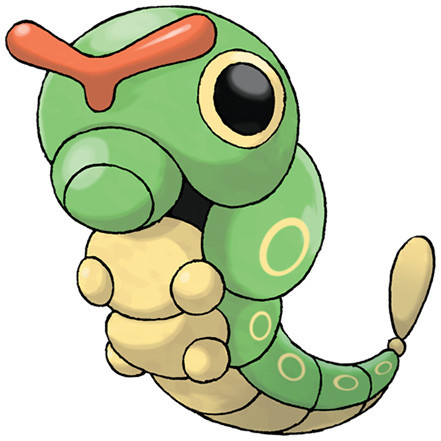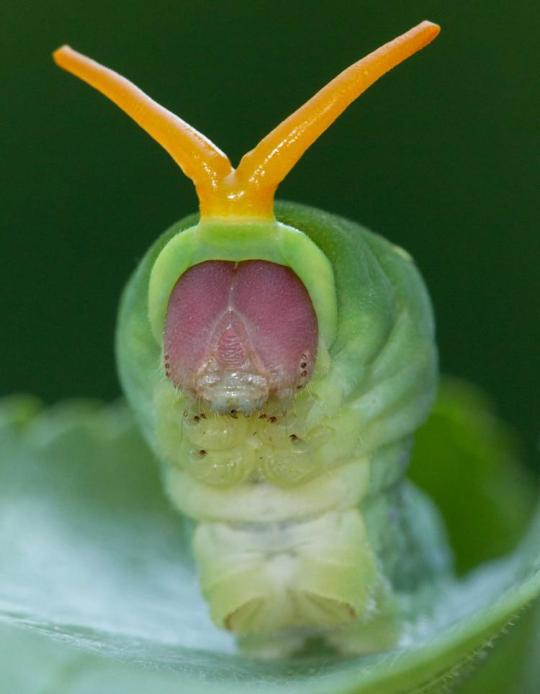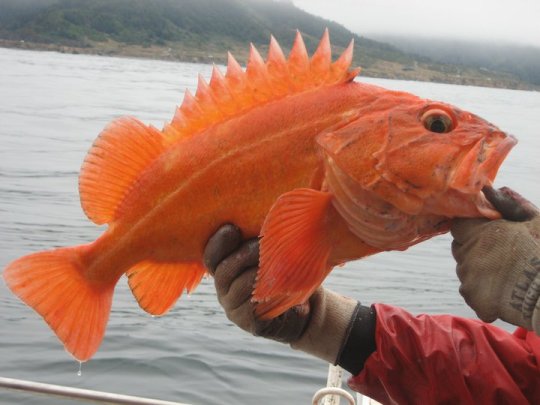When Pokémon launched as a franchise in 1996, quickly becoming a worldwide multimedia phenomenon, the Pokémon creators had their work cut out for them imagining a whole new world with new creatures that we had never seen before. Or had we? Believe it or not, most Pokémon creatures have real-life animal inspirations!
Caterpie and Eastern Tiger Swallowtail Caterpillar


Caterpie is a bug type Pokémon. It’s known for devouring leaves bigger than its body and releasing an intense odor from its orange antennas when battling another Pokémon. You can’t miss the similarities between Caterpie and the eastern tiger swallowtail caterpillar. Both creatures have a distinct green body with bright orange antennas.
The eastern tiger swallowtail is a butterfly native to eastern North America. Similar to Caterpie, the swallowtail caterpillar possesses something called an osmeterium, an orange fleshy organ that emits a foul smell to ward off enemies when threatened.
Magikarp and Yelloweye Rockfish


Magikarp is a water Pokémon and a large fish with orange scales. Magikarp flops around while blinking its large bulging eyes with its mouth open.
Yelloweye rockfish are one of the biggest members of the genus Sebastes and are prized for their meat. Both the real fish and the Pokémon are orange in color and have long rigid head spines to protect them from predators. Yelloweyes also have bulging eyes and a gaping mouth like Magikarp.
Drowzee and Malayan Tapir


What about Drowzee, a hypnosis Pokémon with insomnia who senses dreams with its trunk-like nose? Drowzee has beady eyes and triangular brown ears.
It can’t sense your dreams like Drowzee, but the Malayan tapir has many resemblances to the Pokémon. The tapir is a large mammal with a short trunk. It uses its snout to pick up things or as a snorkel when in water. Aside from both having a short snout, Drowzee seems to have been inspired by the tapir’s two-toned coloring.
What other Pokémon/real-life animal resemblances have you noticed?
Fun Fact
Poliwag, Poliwhirl, and Poliwrath are all based on tadpoles. They each have a spiral on their stomach that resembles the intestines which are visible through a tadpole’s translucent stomach.
